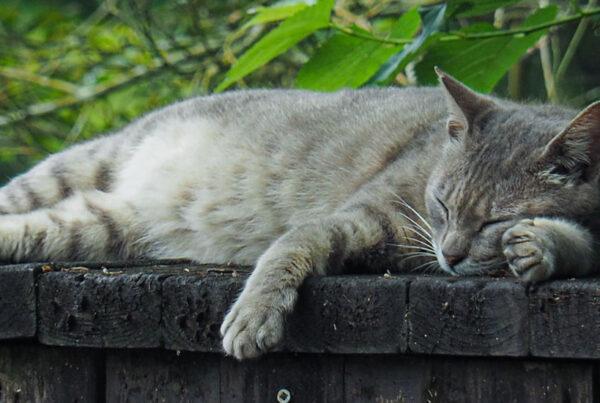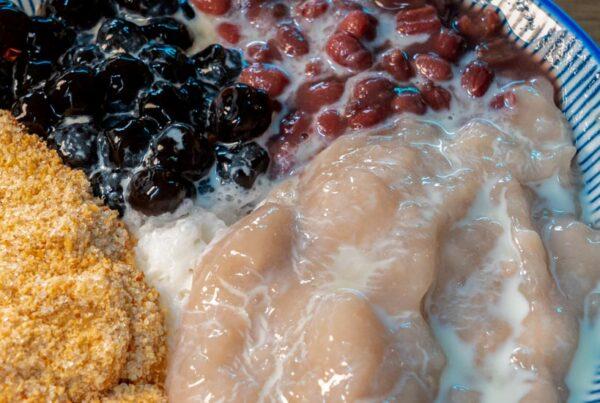Explore Artisanal Treasures and Timeless Stories
TEXT / HAN CHEUNG
PHOTOS / POWEI CHEN
“Select shop” is a term that originated in Japan, referring to boutique stores that sell lifestyle products from multiple brands in addition to in-house goods. In contrast to fast-fashion chains, select shops are carefully curated and often introduce consumers to unique up-and-coming brands and trends.
Earthing Way
Hand-dyed using sweet potato leaves, the flowing, asymmetrical-design earthen-green jacket Hsieh Hsin-han is wearing appears as if it could belong both in a fashion show and a farming village setting.

Pieced together with used fabrics from different eras, including kimono cloth, the garment encapsulates the aramono spirit of his fine-crafts select shop Earthing Way (aramono is a Japanese term that describes a raw, original state without processing or polishing). But the store’s goods are by no means unrefined, as much thought, skill, and traditional knowledge is given to the creation of each unique piece. A self-described man of many contradictions, Hsieh enjoys dichotomies – which manifest themselves in different ways in Earthing Way’s offerings, ranging from jewelry and clothing to everyday tools and containers to incense.


Hsieh chooses items that have cultural value, are made with eco-friendly and natural techniques, require a certain level of craftsmanship, and have a story to tell. He’s especially interested in the collaboration between humans and nature, one in which the creator does not attempt to control or alter the materials but instead conforms to their inherent properties. As a graphic designer and brand consultant (among the many other hats he wears), Hsieh also works with artisans to create new products.
“It’s those items that contain memories that are precious nowadays”
Consumers now growing tired of the impersonality of fast fashion, interest in such qualities has grown since Hsieh opened his venture in Taipei City’s history-rich neighborhood of Dadaocheng seven years ago. He’s seen a significant spike in visitors since the pandemic forced people to slow down and look inward. Even so, he laughs about the fact that his mother still asks him why he is selling a bunch of junk and is always dressed in “rags” or “pajamas.”
“It’s those items that contain memories that are precious nowadays,” Hsieh says. “When we throw things away after using them or when they get old, we lose our emotional connection with them. Natural materials change with use and time – for example, leather looks better with age. Such qualities cannot be achieved if we keep buying new things.”
Hsieh is drawn to the beauty of transience and the imperfections of old objects, noting that most of his selections have a sort of withered vitality. He moonlights as a live liquid projection artist for musical performances, where paint flows freely into random patterns.

“Just like you can’t control where the paint goes, you can’t fight against impermanence,” he says. “Wood rots, iron rusts, people age. We should accept this, but many still try to resist it.”
Since he runs a small shop, Hsieh can spend time narrating the details of each object to visitors. This is also lacking in the age of mass production, he laments, as salespeople seem to focus on what discounts they can offer rather than who created a product, how it was made, and why it is worth buying.

The jacket he wears, for instance, was made by Hermit Xiu, a “madman” who bases his designs on meticulous research about Taiwan’s past, in particular the plains indigenous peoples and the Japanese colonial rulers who brought Western influences to the island. His unusual choice of sweet potato leaf as a dyeing agent is quintessentially Taiwanese, as it is a commonly consumed vegetable. Each jacket is hand-sewn, one piece taking nearly two weeks to complete.

Hsieh wants Earthing Way to be somewhere between a gallery and a store, but as a former set designer and nightclub dancer, he also sees the space as a stage and each object as a performer. His job as a director is to let the objects shine.
“Taiwan has so many talented designers whose creativity and techniques can compete on a global stage. But they’re lacking a platform,” Hsieh says. “Even though we are a small shop, at least I can properly display them and introduce their stories to the right customers.”

He points to a set of ceramic wares adorned with small ink illustrations by artist By Hua Hua, noting the contradictions that make the artwork intriguing. The drawings are based on an influential 17th-century Chinese painting manual, but some details are handled in a contemporary manner. And although By Hua Hua treats creation as a form of meditation, the resulting product is quite whimsical and offbeat.

“Just like how ceramics become such calm, serene objects after being fired in extreme heat, I accept the aesthetics resulting from these clashes,” he says.
Chen Ying-ting’s rust-dyed scarves are another example; the artist uses rust water from ordinary objects such as scissors and pliers to create blotchy patterns on plant-dyed fabric.

“It’s actually quite unconventional how she uses dirty water from everyday tools and turns it into a refined craft,” Hsieh says.
A popular in-house product is a series of ceramic vessels that contain candles made with traditional Chinese medicine. It’s created in conjunction with neighborhood vendors.
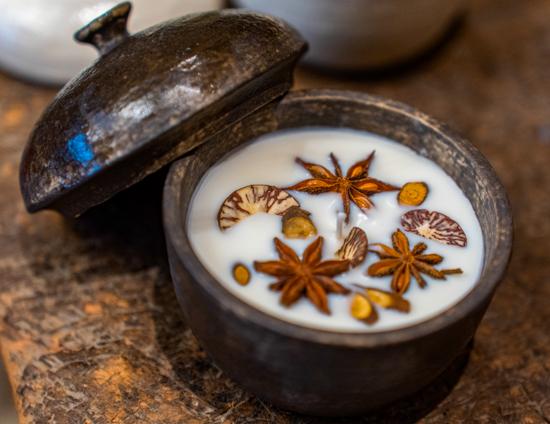
“These sorts of containers were once used to store herbs for traditional Chinese medicine, but because fewer people buy this kind of medicine today, we create aromatic candles using the containers to preserve this part of our culture,” Hsieh says.
“As scavengers, we retrieve things that are about to be thrown away, and give them a new life”
The entrepreneur’s curation has earned numerous laudatory labels from the media, such as “rural revival aesthetics,” “Taiwanese-style wabi-sabi,” and “cultural modeling movement.” He’s often asked, “Are you selling old new things or new old things?” Hsieh, however, prefers the term “cultural scavenging.”
“As scavengers, we retrieve things that are about to be thrown away and give them a new life so they can be valued again,” he says. “Old items are often preserved because they have something worth cherishing, whether it be functionality or memories. Cultural scavenging is not just limited to old objects, but also to traditional crafts and ways of life that are on the verge of disappearing.”
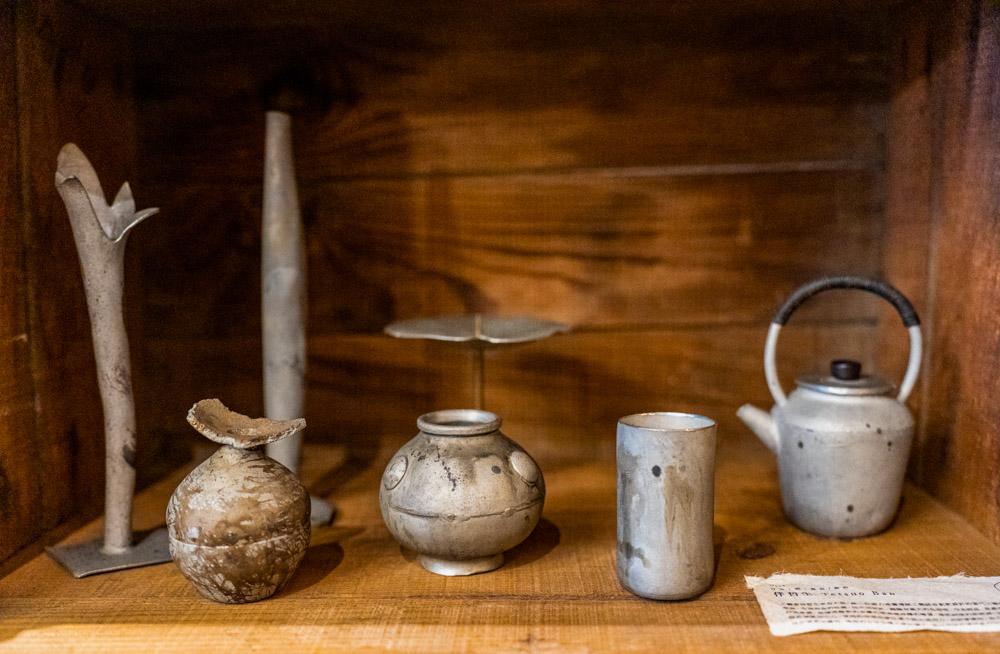
While Earthing Way also carries Japanese products and draws much from Japanese culture, Hsieh says that the culture is just one of the diverse forces that have shaped Taiwan over the centuries. Han Chinese influences are also showcased, as well as artifacts created by different indigenous groups across the island.
“I accept the fact that my country has many different facets. In fact, these conflicting forces lead to somewhat of a balance,” he says. “I enjoy this conflict, it’s actually quite beautiful. I’d like to think that this store, at the very least, represents my worldview as a Taiwanese.”
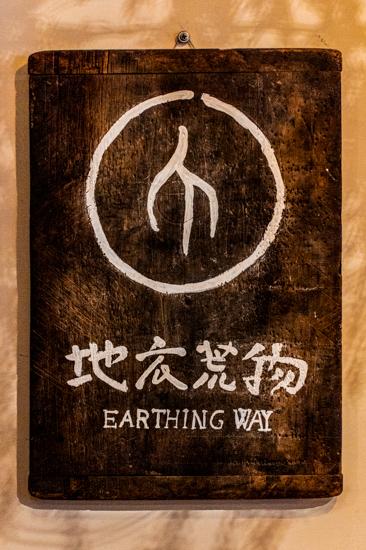
Earthing Way
(地衣荒物)
Add: No. 34, Minle St., Datong District, Taipei City
(台北市大同區民樂街34號)
Tel: (02) 2550-2270
Hours: Wed. ~ Sun. 12:30pm~7:30pm
Website: earthingway.waca.ec (Chinese)
FB: www.facebook.com/D1H5earthingway
IG: www.instagram.com/earthingway
About the author

Han Cheung
Han Cheung moved back to his adolescent stomping grounds of Taiwan in 2015 from frigid Wyoming, where he was the editor of the small town Rawlins Daily Times. He has a Master’s in Journalism from the University of Missouri and has reporting experience in the US, Latin America, and Taiwan.












